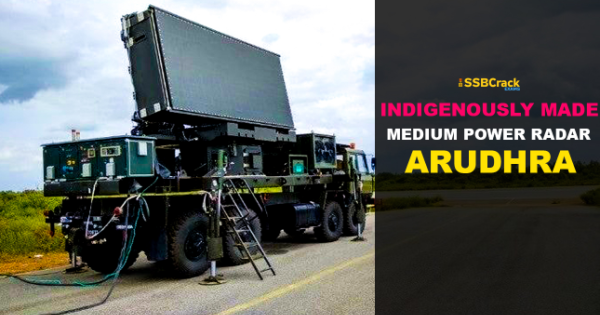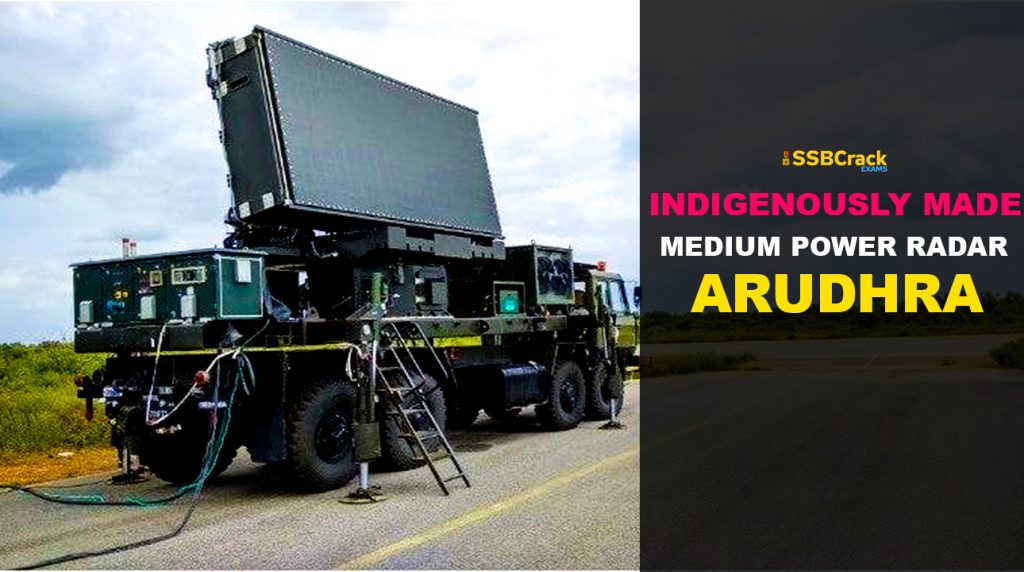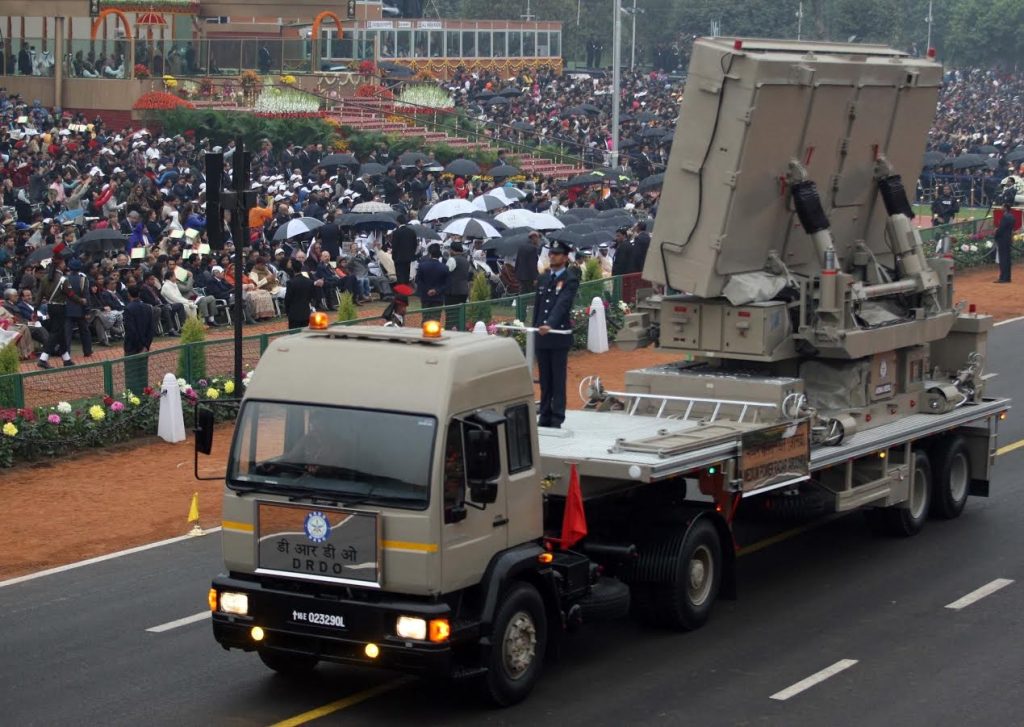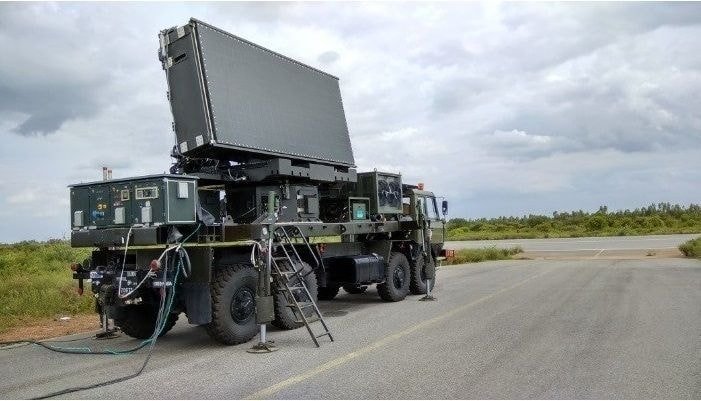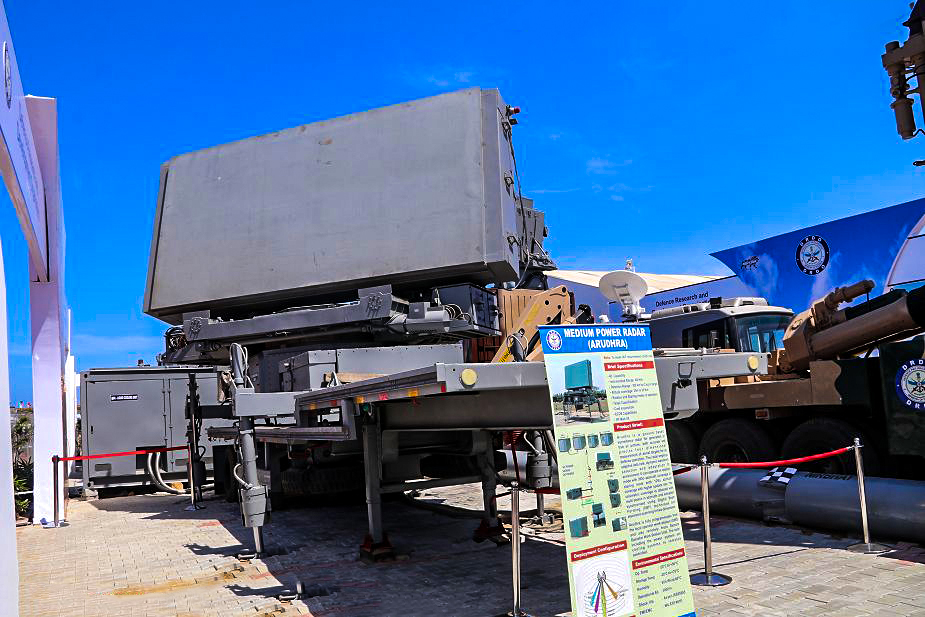IAF was recently given the green light for the acquisition of indigenously made Arudhra Radars worth Rs 3700 Crore. This is a big boost to the Indian Air Force which will be significant in protecting the country’s border from incoming missiles and threats. In this article, we will learn about the newly indigenously made Arudhra Radars by DRDO.
MPR Arudhra Radar
The radar will be manufactured by BEL after being designed and developed in-house by the Defence Research and Development Organisation (DRDO). The Indian Air Force has already successfully conducted trials. For aerial surveillance, detection, and tracking, it is a four-dimensional multi-function phased array radar with electronic steering in both azimuth and elevation. Interrogations from a co-located Identification Friend or Foe system will be used to identify targets. The project will act as a catalyst for the development of manufacturing capability in the industrial ecosystem.
MPR’s indigenous rotating active phased array multifunction 4D radar can detect and track aerial targets ranging from fighter aircraft to slow-moving targets automatically. The system has an instrumented range of 400 km and can detect 2sqm RCS targets as far as 300 km away, with altitude coverage ranging from 100 meters to 30 kilometers. The radar can be set to either Staring or Rotation Mode. In rotation mode, the antenna rotates at 7.5 / 15 rpm and provides 360o azimuth and 30o elevation surveillance coverage. In staring mode, the antenna stares in the specified azimuth, providing surveillance coverage of 60 degrees in azimuth and 30 degrees in elevation.
Various Technologies that come with Arudhra
The following are the technologies established as part of ARUDHRA radar and it has a spin-off for all future similar class of radar projects of LRDE
- Rotating Active Phased Array
- Time synchronization of multiple receivers
- 2D Digital Beam-forming
- DBF-based active array calibration
- Multi-Beam processing
- Critical real-time software and firmware
- Independently rotating IFF radar.
- Mechanical Packaging (Engineering, Thermal)
Application Areas
MPR technology can be to be used for any ship-borne radar application. The technology will be used for
mountain radar and in a future family of radars of LRDE for various applications. Presently MPR technology is used for a similar class of radars for the Indian Army.
Operations
The Arudhra is a rotating antenna active phased array radar with four dimensions. It can also be steady and only look in one direction. It employs a cross pattern of five beams in azimuth and elevation for accurate tracking of detected targets. What exactly are these patterns? We know that AESA radars are made up of an array of multiple antennas rather than a single antenna. A radar must radiate waves in a single direction so that the waves strike the target and return, allowing the antenna to determine the target location. However, it is impractical to build an antenna that is fully coherent and radiates all waves in only one direction.
An antenna, including a radar antenna, radiates waves in all directions, but these antennas are designed to radiate the greatest number of waves in the desired direction. An antenna’s radiation pattern is determined by its shape. The pattern would be largely symmetrical to the antenna shape.
To crack the SSB Interview and join the Indian Army as an Officer, You can join our SSB interview live classes batch and we recommend you to Enroll SSB INTERVIEW ONLINE COURSE. Trusted by thousands of defence aspirants.
Also read:
- All About Hawk Air Defence Equipment
- All About Swathi Weapon Locating Radar
- Significance Of ISTAR Surveillance Aircraft For The IAF
- List Of The Radar Systems Used By Indian Armed Forces
- Complete List Of Air Defence Systems Used By The Indian Armed Forces
- All About IAF’s First Indigenously Developed 3D Mobile Surveillance Radar: Rohini Radar
